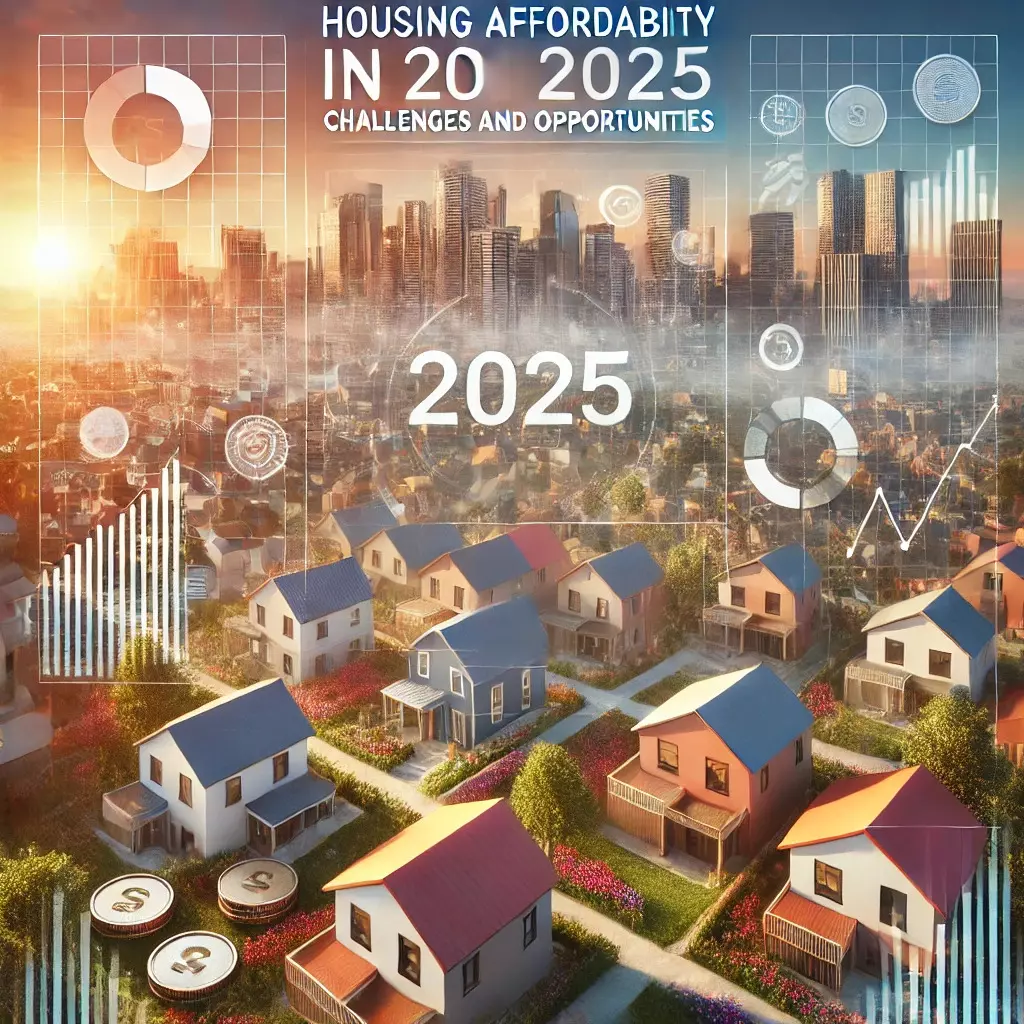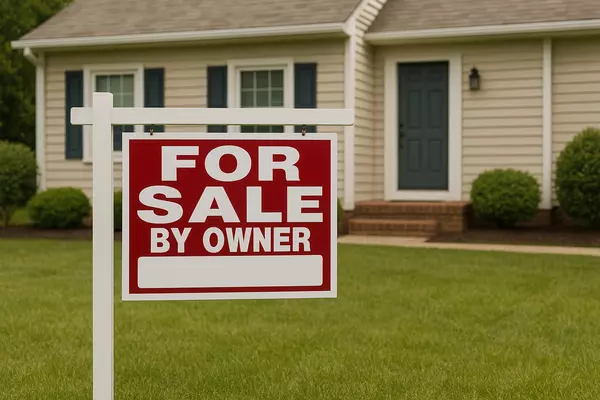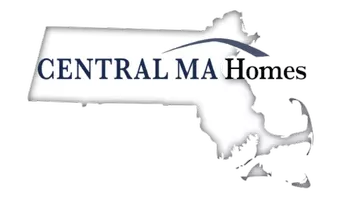Housing Affordability in 2025: Challenges and Opportunities in a Changing Landscape

As we step into 2025, the housing market presents a mix of challenges and opportunities that demand both resilience and creativity. For aspiring homeowners and those looking to adjust their living situations, understanding these dynamics will be essential. Let’s explore the major obstacles, and the paths forward that could turn housing aspirations into reality.

Challenges in 2025
1. Rising Interest Rates Continue to Shape the Market
Entering 2025, interest rates remain elevated compared to the historical lows of the past decade. This ongoing trend has significantly reshaped the housing market.
Key Impacts:
2. Persistent Inflation and Construction Costs
Economic inflation has driven up prices across the board, with housing and construction costs at the forefront. Materials like lumber and steel, as well as labor shortages, continue to affect the supply of affordable homes.
Resulting Issues:
3. Urbanization Pressures and Accessibility
While urban centers remain desirable, affordability in these areas is increasingly out of reach. Remote workers have driven demand for suburban and rural properties, but those areas also face rising prices, leaving limited options for those with moderate incomes.
Opportunities in 2025
Despite these challenges, new strategies and evolving societal trends offer promise for those willing to explore innovative approaches.
1. Co-Housing and Shared Living Models
As housing prices rise, so does the appeal of co-housing. These shared living arrangements involve multiple households occupying a single property, with communal spaces and shared expenses.
Advantages of Co-Housing:
2. Downsizing as a Lifestyle Choice
Minimalist living and the "tiny home" movement have gained traction in recent years. Downsizing isn’t just about saving money; it’s a lifestyle shift focusing on efficiency and sustainability.
Opportunities in Downsizing:
3. Embracing Technological Solutions
Technology continues to transform real estate. From AI-powered tools for matching buyers with properties to virtual tours and blockchain-secured transactions, tech is making the market more accessible.
Tech-Driven Opportunities:
4. Government and Community Programs
Governments are increasingly stepping up with assistance programs aimed at bridging the affordability gap. These include tax incentives, grants for first-time buyers, and subsidies for building affordable housing.
Programs to Watch in 2025:
Practical Steps for Navigating 2025
To succeed in 2025’s housing market, it’s crucial to approach the journey strategically. Here are some actionable steps:
For Buyers:
For Sellers:
Looking Ahead: A Year of Strategic Decisions
The housing market in 2025 will test buyers and sellers alike but also offers opportunities for those who adapt to the times. By embracing innovative living arrangements, leveraging technology, and taking advantage of available resources, individuals can navigate the challenges of affordability while setting themselves up for long-term success.
The key lies in being informed, prepared, and willing to explore creative solutions. As we forge ahead into the new year, let’s view these challenges as an opportunity to rethink housing and develop strategies that work not just for today but for a more sustainable and inclusive future.
Categories
- All Blogs (31)
- Accessory Dwellings Units (2)
- ADUs (2)
- AI-real estate (4)
- artificial intelligence (1)
- Assisted Living (1)
- Bitcoin (1)
- BTC (1)
- Buyer's Perspective (2)
- Cryptocurrency (1)
- Curb Appeal and First Impressions (2)
- Expired Listings (1)
- Expired Sellers (1)
- First-Time Homebuyer Tips (1)
- Home Builders (2)
- Home buyer (9)
- Home Improvements (2)
- home remodeling (3)
- Home Selling Costs & Pricing (2)
- Home Selling Tips (13)
- Home Staging (8)
- Homeownership Guidance (2)
- homes for sale (10)
- Homestaging (5)
- interest-rates (2)
- Massachusetts Real estate (7)
- Preparing Your Home for Sale (6)
- Pricing Strategies (1)
- real estate (21)
- Real Estate Advice (2)
- Real Estate Market Trends (8)
- Real Estate Marketing (3)
- Real Estate Mistakes to Avoid (1)
- Retirement Community (2)
- selling a home in central mass (13)
- Selling during Spring (1)
- Selling during the holidays (2)
- Selling Strategies (6)
- Tiny Houses (3)
- Winter Real Estate (1)
- Zillow (1)
Recent Posts











